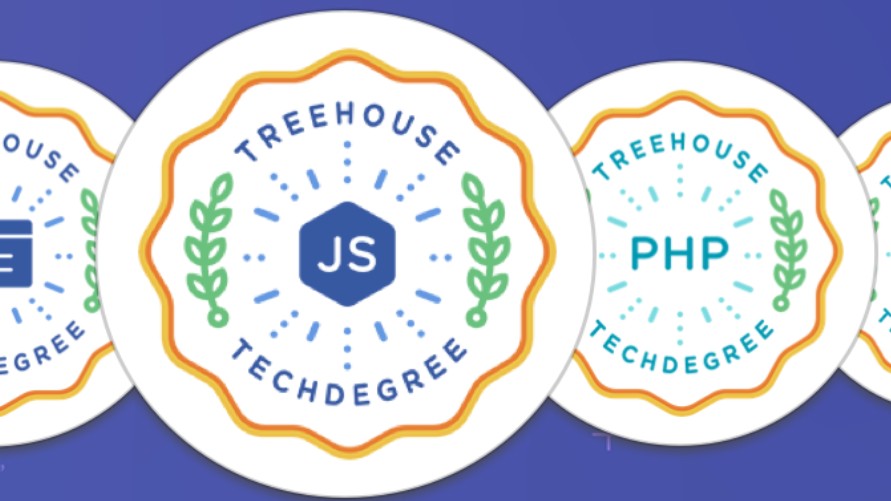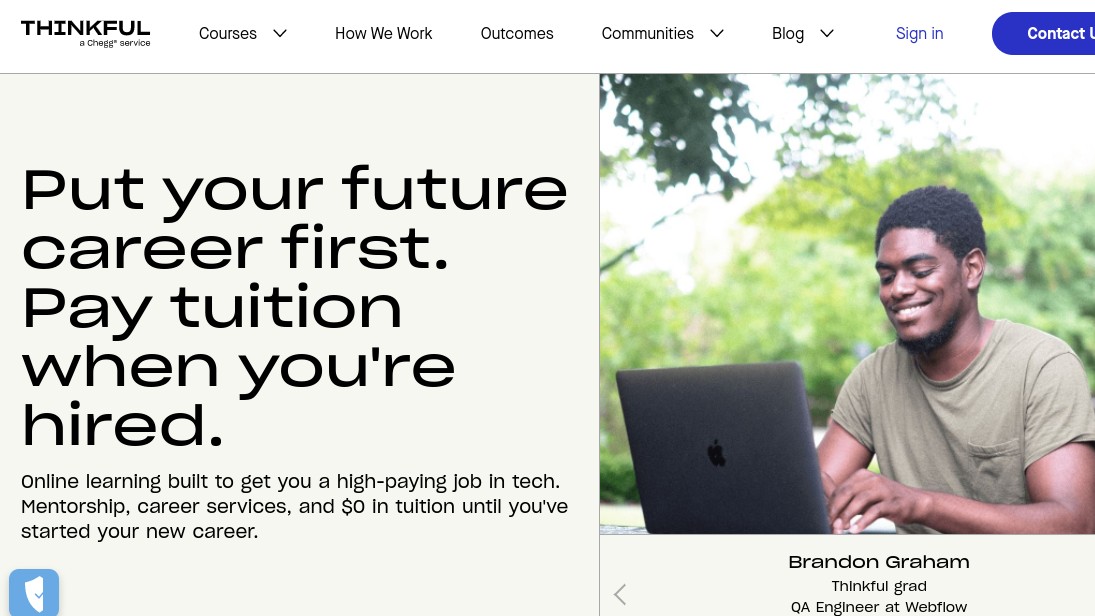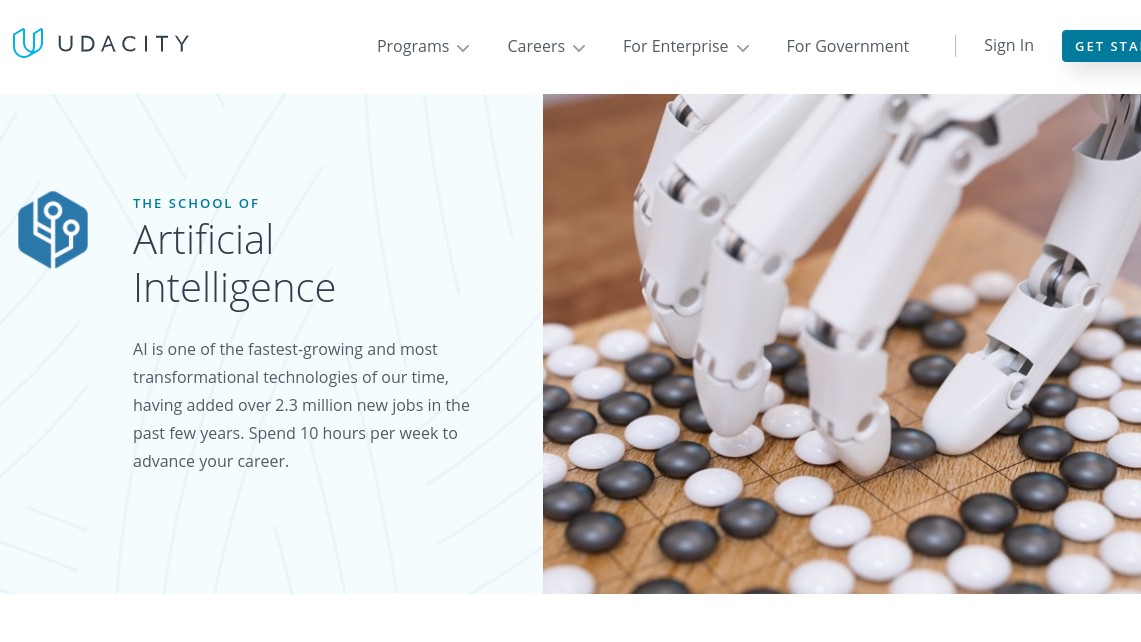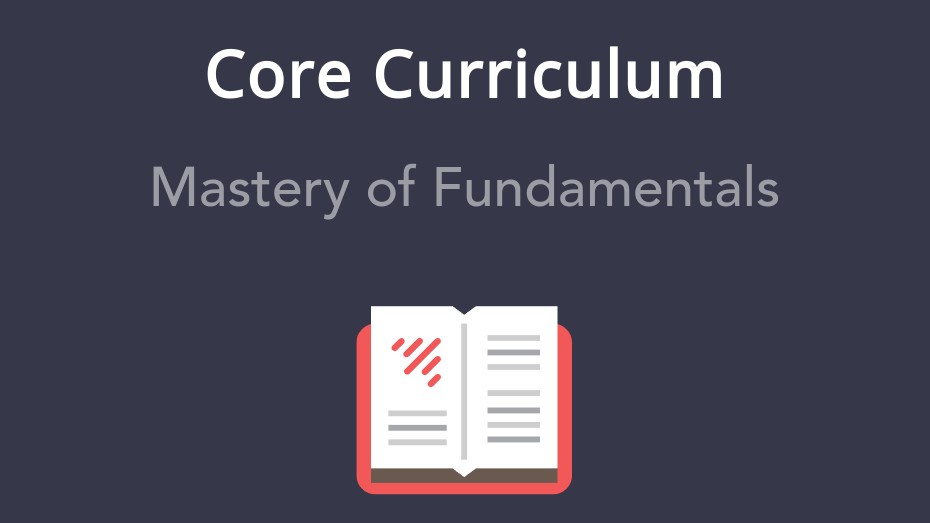The best online web design courses

Whether you're a beginner or student, or a serious professional, you need to keep learning throughout your web design career, or you'll quickly become irrelevant. There are new web design tools, new languages, and new approaches to the profession emerging all the time. And the best online web design courses can help you stay ahead of the curve, efficiently and easily.
But there's a near-endless variety of courses on the web right now, and they're not all the same standard by any means. You don't need any sort of qualification to make and sell a web design course, so it's hard to know who to trust. To help you out, we've compiled the very best online web design courses in this post, and explain what each of them has to offer.
Right now, we believe the very best online web design courses are to be found at Treehouse. This platform offers first-class video training, in a gamified system that keeps you motivated to finish your course. Led by industry pros, you can be sure the training will be up to date, and actually relevant to your career.
Other online web design courses are, however, also available. And some may fit your needs better. So in this post, we’ve brought together the best of the best, and explain how each of them differ.
One last thing: we're focusing here on services that provide a wide range of online web design course. If, though, you just want to learn a specific language, see our guide to online coding courses instead.

01. Treehouse
Specifications
Reasons to buy
Reasons to avoid
Founded in 2011, Treehouse offers hundreds of video-based training courses in web design, web development, mobile development and game development, from beginner to advanced levels. The videos are professionally shot, the quality of instruction is first-class, and everything is constantly updated to take newly emerging technologies into account (new content is released weekly).
While online training lets you learn at your own pace, that often makes it difficult to motivate yourself to finish the course. Treehouse, however, has found a clever way to square this circle.
Daily design news, reviews, how-tos and more, as picked by the editors.
After watching a video, you then take interactive quizzes and challenges, to test that you’ve understood it correctly. If you pass, you get badges, which appear on your profile. This gamification really does help spur you on to keep learning.
You won't need any special hardware or operating system (other than a Mac if you’re learning iOS), and you can even write code inside the Treehouse App using a feature called Workspaces. Subscriptions, which offer you access to all the training courses on the site, start at £20/month, and there’s a seven-day free trial if you want to check out the training first. There are special rates for companies, non-profits, schools, organisations and businesses too.

02. Sitepoint
Specifications
Reasons to buy
Reasons to avoid
Founded in 1999, Sitepoint quickly became known as one of the most authoritative book publishers on web design. Since 2010 it's also been in the business of online web design courses, and they're highly respected within the industry.
Previously marketed under the name Learnable, the company's courses take you on a clear learning pathway, and are supplemented by excellent materials, including ebooks, talks and screencasts.
A SitePoint Premium account costs $9 a month, or $6 a month billed annually, and gives you 'all you can eat access' to the whole range of courses. These include everything from the fundamentals like HTML, CSS and JavaScript to advanced languages such as PHP and Python, plus broader topics including design, UX, DevOps and workflow.

03. LinkedIn Learning
Specifications
Reasons to buy
Reasons to avoid
Previously known as Lynda.com, LinkedIn puts a laser-like focus on helping you improve your career prospects. For example, when you're logged into LinkedIn, you’ll find that training content that’s relevant to your needs automatically surfaces. Moreover, when you learn new skills, the system makes it easy to highlight these on your LinkedIn profile.
All the courses are available via a subscription, and a month-long free trial is also available. There are currently more than 4,000 courses in web design and web development to choose from, largely focused on beginner to intermediate levels.
These cover everything from basics like writing HTML and using Adobe XD, through to more sophisticated fare like CSS Animation and Flexbox. So unless you’re looking for something very niche or advanced, you’re likely to find the exact training you’re looking for.
However, you’ll have to do a bit of searching, as the courses are not particularly well organised. And there doesn’t seem to be the same concerted effort made by Treehouse to ensure students progress from course to course to slowly but surely build their skills; there’s more of a ‘pick and mix’ feel to this learning environment. Finally, be aware that some courses are quite old, though at least this is obvious, with the year of creation clearly stated.

04. Udemy
Specifications
Reasons to buy
Reasons to avoid
If you’re not keen on taking out a subscription, then Udemy might be a better bet for your online web design training, as you only pay per course.
Note, though, that while Treehouse and LinkedIn Learning carefully curate their courses, Udemy is basically a marketplace where anyone can post a course and try their luck at earning some cash. That means that employers are unlikely to see you completing a course on Udemy as a ‘proper’ qualification.
That doesn’t mean, however, that there aren’t some excellent courses on this site. While Udemy courses are less likely to be as professionally shot as those on Treehouse or Lynda, that can make them more authentic and relatable. The website handily includes customer reviews so you can see which ones are hitting the right notes with students. Courses are generally free, and some are even free.
You can download videos for offline viewing via the mobile app, and there are a large range of web design topics covered, including WordPress, HTML, CSS and Photoshop. Note, though, that most of these courses are beginner level.

05. Thinkful
Specifications
Reasons to buy
Reasons to avoid
Launched in 2012 (as Bloc), Thinkful describes itself as an “online coding bootcamp” that aims to take you from being a beginner to job-ready web developer.
Learning materials are a combination of written and video lessons, but Thinkful's special sauce is an apprenticeship model that pairs you with an experienced mentor, who provides support and guidance throughout the course via 14 hours of live Q&A per day. There are also weekly group discussions and daily group critiques.
They make it clear that “learning to code requires a lot of hard work. You can’t learn by osmosis, you have to build. You have to bang your head against problems and work your way out.” In other words, these structured learning programs are not for the faint-hearted, but aimed squarely at highly motivated students.
With each module you’ll face an assessment by a person who’s not your mentor; this will be similar to a real-world technical interview. Courses are full-time, typically over five to six months, and range from $7,000-$13,600. But you don't need to pay upfront; only when you get a job.

06. Udacity
Specifications
Reasons to buy
Reasons to avoid
Founded in 2011, Udacity was originally focused on offering university style courses, but now focuses more on vocational courses for professionals, which it calls 'Nano Degrees'. These courses typically walk you through building a project, and then you apply what you’ve learned to a project of your own.
These are long-term courses and there are set times for lessons. To give you a flavour of how that works in practice, Bilal Tahir has written an excellent account of the React Nano Degree he took here.
Aimed at “lifelong learners” rather than beginners, Udacity is firmly focused on teaching specialised skills to help web designers get to the next level. Created in partnership with Google, AT&T and Facebook, topics covered include autonomous systems, AI, machine learning and full-stack web development.
You pay per course, and they're neither short not cheap. For example, the course in AI Programming with Python takes place over three months at 10 hours per week, and costs £329. That said, at time of writing, the website is offering a 75 per cent discount on all courses, bringing the cost down to £83 per month.

07. Launch School
Specifications
Reasons to buy
Reasons to avoid
If the idea of a full-on, intensive bootcamp scares you, then here's the opposite: “The Slow Path for Studious Beginners to a Career in Software Development”.
There are two main courses: Core Curriculum and Capstone. The first teaches you the fundamentals of software development; so it’s not about learning how to use a specific language, such as React or Rails, but about slowly building up your understanding of basic principles, so you get how higher level abstractions work from the bottom up. It takes approximately 1,200-1,800 hours (8-16+ months) to complete.
After that, there’s an admissions-based course focused on helping students acquire career-launching opportunities. This involves three months’ full-time study.
Launch School charges costs $199 a month. Alternatively, you can go for the deferred option and be charged $299 a month, but only once you've completed the course and got a job.

08. Pluralsight
Specifications
Reasons to buy
Reasons to avoid
Founded in 2004, Pluralsight offers quality video training courses taught by IT specialists. Its web design courses include topics like CSS, JavaScript, Angular, React and HTML5, and range from beginner to advanced level.
Interestingly, Pluralsight has an innovative way to check that the course is right for you: the ‘Pluralsight IQ’ test, which promises to test your skill level in just five minutes. The service also offers 24/7 support, you can download courses for offline viewing, and subscriptions start at $29/£24 per month.

09. Skillshare
Specifications
Reasons to buy
Reasons to avoid
Like Udemy, Skillshare is an online marketplace for video-based courses of all kinds, including web design courses, mainly for beginner and intermediate levels. While the quality may vary, it’s all cheap and cheerful. That said, it's stretching things a little to them ‘courses’, when some videos are less than an hour long.
That said, there’s a wide range of topics on offer, including HTML, CSS, JavaScript, UX/UI design, responsive web design, web development and WordPress. And so if you need to plug a specific knowledge gap, this might be a good place to come. You can unlock unlimited access to thousands of classes from just £7 / $8.25 per month for an annual subscription.
Read more:
- 12 inspiring ecommerce website designs
- The 29 best iPhone apps for designers
- Which is the best CSS preprocessor?

Tom May is an award-winning journalist specialising in art, design, photography and technology. His latest book, The 50 Greatest Designers (Arcturus Publishing), was published this June. He's also author of Great TED Talks: Creativity (Pavilion Books). Tom was previously editor of Professional Photography magazine, associate editor at Creative Bloq, and deputy editor at net magazine.
